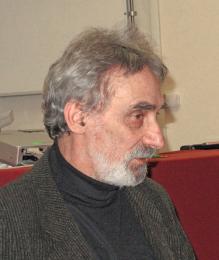The role of multiple cues in mate choice has been much discussed. In many animals, signals of different modalities, such as acoustic, visual, chemical or mechanical, are given simultaneously and accompanied by sophisticated behavior during courtship.
When males produce a variety of signal types, it is often not clear whether all of these signals are important in female mate choice. Courtship signals sometimes reach of an extreme complexity and these signals seem to provide even redundant information about their signaler.
One should distinguish long range and close range communication signals. Long distance, or calling, signals are primarily used to attract conspecific mates (mates of own species) at a distance. The calling signal has to provide reliable species-specific identification and ease of localization. It is suggested that the long range mating signals are likely to be subject of a stabilizing selection.
Another situation appears in the course of close range communication. Courtship songs produced by a male in a close proximity of a female allows her not only to recognize conspecific mate, but also evaluate the mate “quality”. In long range systems, which are relatively stable, it is much easier to extract information about the species of a signaler than about the quality of a signaler. In close range systems, some courtship parameters can be more stable and may be used for species recognition, whereas other, more variable, parameters may serve for the evaluation of mate quality. It is suggested that courtship signals are to a great extent driven by sexual selection and therefore, could evolve faster than the long range signals. We will discuss possible mechanisms underlying evolution of mate preferences for multiple courtship traits.




